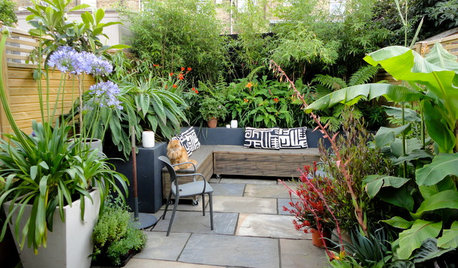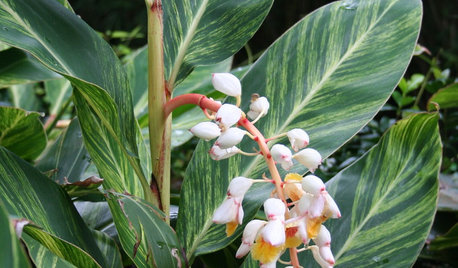Alocasia hypnosa: how to take care of them?
newgen
14 years ago
Related Stories

URBAN GARDENSTurn Your Outdoor Space Into a Sanctuary
12 inspiring urban gardens offer ideas for reinventing your city backyard, rooftop or terrace
Full Story
GARDENING GUIDES7 Tropical Bulbs for a Summer Garden That Wows
Try these stunners in summer's powerful heat for garden thrills with an exotic flair
Full StorySponsored
Columbus Area's Luxury Design Build Firm | 17x Best of Houzz Winner!
More Discussions






exoticrainforest
newgenOriginal Author
Related Professionals
Clemson Landscape Architects & Landscape Designers · Canby Landscape Contractors · Fort Myers Landscape Contractors · Lyndhurst Landscape Contractors · Mount Sinai Landscape Contractors · Rockville Landscape Contractors · Antioch Landscape Contractors · Bloomington General Contractors · Fort Pierce General Contractors · Groveton General Contractors · Walker General Contractors · Waxahachie General Contractors · Annapolis Siding & Exteriors · Bethesda Siding & Exteriors · Fairfax Siding & Exteriorsexoticrainforest
lariann
shadowpaige64507
newgenOriginal Author
exoticrainforest
exoticrainforest